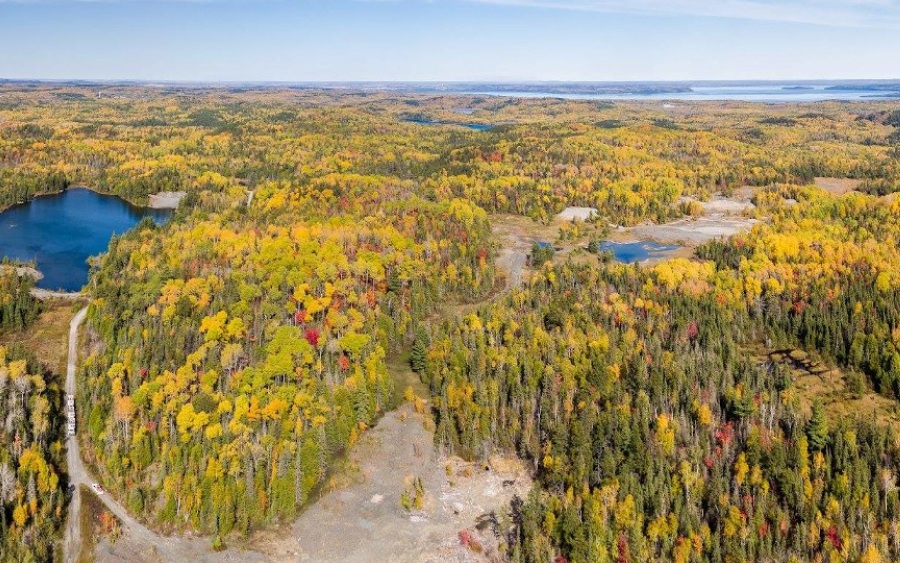The historic Cobalt silver mining camp could see a revival from Kuya Silver.
The Toronto company has tapped into a “significant” silver vein within shouting distance of a group of former mines that date back to the silver rush days from the turn of the last century.
At a site on its Silver Kings Project, dubbed North Drummond, the company said it has drilled into a new mineralized zone left untouched and largely unexplored by the mining companies. It will be the focus of Kuya’s 2023 exploration program.
The company’s Kerr Project, which sits within the larger 16,000-hectare Silver Kings Project, is located just southeast of the town of Cobalt. The area has been mostly dormant of any exploration activity for the past 40 years.
Kuya management admits it hasn’t done much by way of exploration since arriving on the scene in late 2020 to partner with Electra Battery Materials (formerly First Cobalt) and probe around some historic silver and cobalt mines.
Electra was getting out of the exploration business, deciding instead to establish North America’s first battery materials industrial park, now currently under construction, north of town.
With the joint venture with Electra now dissolved, Kuya is ready to go it alone and step up activity.
The company’s main focus remains in central Peru where it wants to restart the Bethania silver mine project.
Silver Kings is regarded as one of the company’s prospects in the exploration pipeline. Management believes it has huge high-grade upside based on historic production by a number of former mines on the 16,000-hectare land package.
This winter, Kuya has been drilling on the northeast shore of Kerr Lake, a body of water that was drained in 1913 at the height of the silver rush. The general area where it’s exploring hosts eight former silver mines.
The particular spot where Kuya is concentrating — North Drummond — lies just beyond the reach of some underground mine workings from years past.
“I would consider North Drummond to be a new discovery,” said Kuya president-CEO David Stein in a Jan. 23 webcast. “The discovery hole was made by our predecessors (Electra).
“It’s not part of any old (mine) workings and it’s far enough away from any workings that it does appear to be a brand new vein that was not known.
“For my money, this is a new discovery. It may connect up with the mine workings off to the west eventually, but right now we’re really finding something that’s new and exciting here.”
Between 1904 and 1989, the entire Cobalt camp produced 550 million ounces of silver, 26 million pounds of cobalt, and 2 million pounds of nickel. Peak mining was in 1911 with 75 mines operating in the area.
One-sixth of that total silver production came from mines at the Silver Kings Project. Mining petered out in 1989 with the drop in the price of silver.
Kuya promotes itself as high-grade vein specialists, and it’s right at home in northeastern Ontario.
Historically, miners in the silver camp chased very narrow and very high-grade silver veins ranging from a half-foot to one foot thick that came vertically to surface.
The Carson Vein at Kerr Lake produced 9.2 million ounces of silver. Kuya would like to find something similar but has discovered a number of shorter vein extensions clustered nearby that could be economic.
Management said it’s encouraged by what it sees and believes the potential exists to find a mineable target close to the surface. There remains some open-ended potential to find more silver to the northeast and deeper down, the company said.
Back in the day, cobalt was a byproduct of silver mining and was largely regarded as waste material. It was discarded in the tailings piles that still remain at surface. Now cobalt is a key ingredient in the production of lithium batteries in electric vehicles, and that’s something Kuya said it is taking into account with its future plans.




